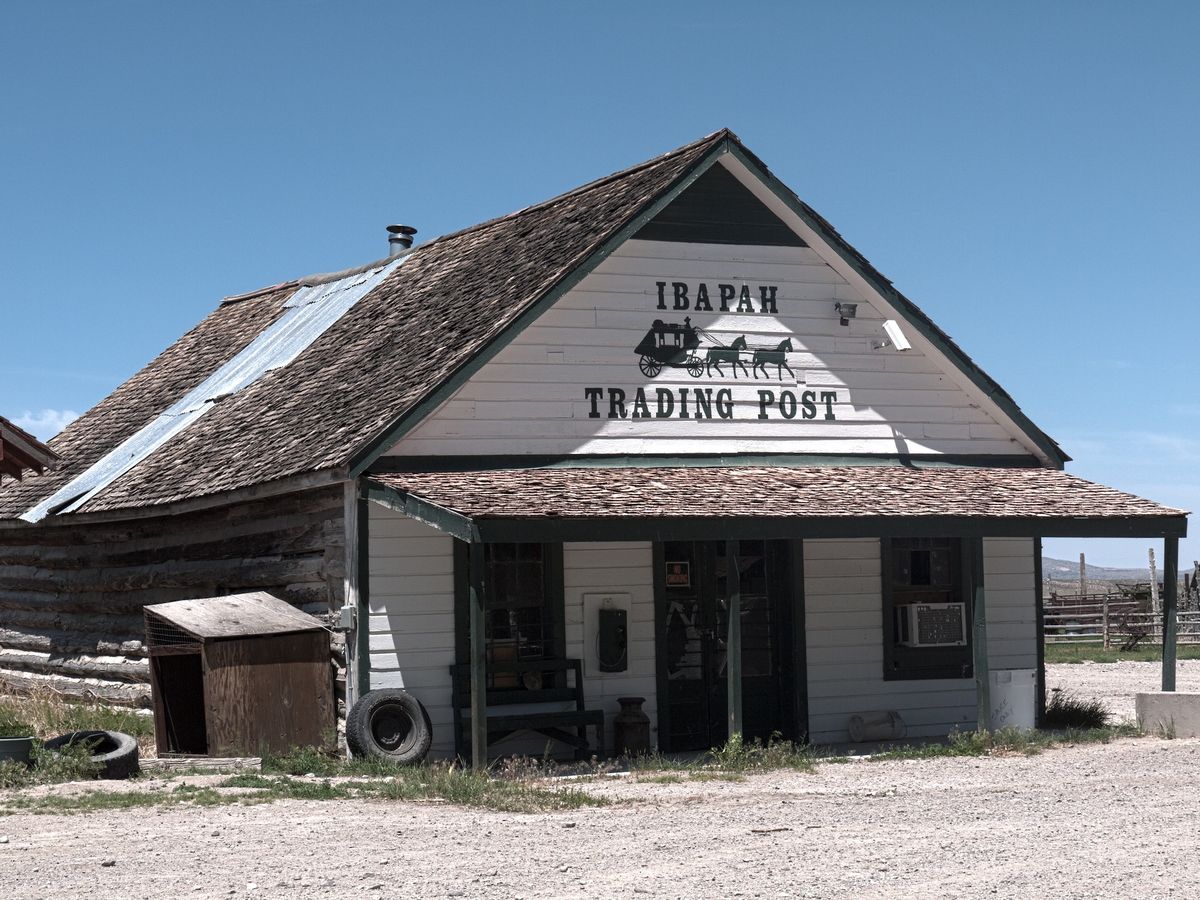Lost Trading Posts Of Utah’s Great Basin

Have you ever wondered about the lost trading posts of Utah's Great Basin? These hidden gems once buzzed with activity, serving as vital hubs for traders, settlers, and Native Americans. Imagine dusty trails where wagons creaked under the weight of goods, and deals were struck over campfires. These posts were more than just places to trade; they were melting pots of cultures and stories. Today, many have faded into history, leaving behind whispers of their bustling past. Exploring these forgotten sites offers a glimpse into a time when the West was wild and untamed. Whether you're a history buff or just curious, the tales of these trading posts promise adventure and discovery. Join us as we journey through time to uncover the secrets of Utah's Great Basin.
Discovering Utah's Hidden Trading Posts
Utah's Great Basin is a land of mystery and history. Once bustling with trade and commerce, many of its trading posts have faded into obscurity. These forgotten places hold stories of pioneers, traders, and Native Americans who once gathered to exchange goods and culture. Let's uncover some of these lost trading posts.
1. Fort Buenaventura
Fort Buenaventura, located near present-day Ogden, was established in 1846. It was the first permanent settlement by people of European descent in the Great Basin. This trading post became a hub for trappers and traders, exchanging furs and supplies. Today, it's a park where visitors can imagine the vibrant trade that once took place.
2. Fort Bridger
Fort Bridger, founded in 1843 by Jim Bridger and Louis Vasquez, was a vital resupply point for travelers on the Oregon Trail. Situated in southwestern Wyoming, it played a crucial role in the westward expansion. Although not in Utah, its influence reached the Great Basin, making it an essential stop for traders and settlers.
3. Cove Fort
Cove Fort, built in 1867, served as a waystation for travelers between Salt Lake City and southern Utah. Constructed by Ira Hinckley at Brigham Young's request, it provided shelter, supplies, and protection. The fort's unique lava rock construction still stands, offering a glimpse into the past.
4. Fort Deseret
Fort Deseret, near present-day Delta, was constructed in 1865 during the Black Hawk War. Built by Mormon settlers, it served as a refuge and trading post. The adobe walls of the fort remain, a testament to the resilience of those who lived and traded there.
5. Fort Utah
Fort Utah, established in 1849, was located near what is now Provo. It was built to protect settlers and facilitate trade with local Native American tribes. The fort's presence helped establish Provo as a significant settlement in the region.
6. Fort Douglas
Fort Douglas, founded in 1862, was a military post near Salt Lake City. While primarily a military installation, it also served as a trading post for soldiers and settlers. The fort's historic buildings now house a museum, preserving its rich history.
7. Fort Cameron
Fort Cameron, located near Beaver, was established in 1872. It served as a military post and trading center for the surrounding area. Though the fort was abandoned in 1883, its influence on local trade and settlement remains significant.
8. Fort Thornburgh
Fort Thornburgh, built in 1881, was located near present-day Vernal. It was established to protect settlers and facilitate trade in the Uinta Basin. The fort's strategic location made it a key player in the region's development.
9. Fort Duchesne
Fort Duchesne, established in 1886, was a military post in the Uinta Basin. It served as a trading post for settlers and Native Americans, fostering economic and cultural exchanges. The fort's legacy lives on in the nearby town of Fort Duchesne.
10. Fort Robidoux
Fort Robidoux, also known as Fort Uintah, was a trading post established in the early 1830s. Located near present-day Whiterocks, it was a hub for fur traders and Native Americans. Though little remains of the fort, its impact on the region's trade is undeniable.
Rediscovering Utah's Hidden History
Utah's Great Basin holds secrets of forgotten trading posts, each with stories of adventure and commerce. These outposts were once bustling hubs where traders, Native Americans, and settlers exchanged goods and cultures. Exploring these sites offers a glimpse into the past, revealing how people adapted to the harsh desert environment. Many trading posts have vanished, but some remnants still whisper tales of the past. Visiting these locations allows you to connect with history, imagining the vibrant exchanges that once took place. Whether it's the ruins of Fort Buenaventura or the ghostly remains of Fort Bridger, each site tells a unique story. These trading posts remind us of the resilience and ingenuity of those who came before. So, next time you're in Utah, take a detour to explore these hidden gems. You'll find more than just ruins; you'll discover a piece of history waiting to be told.

